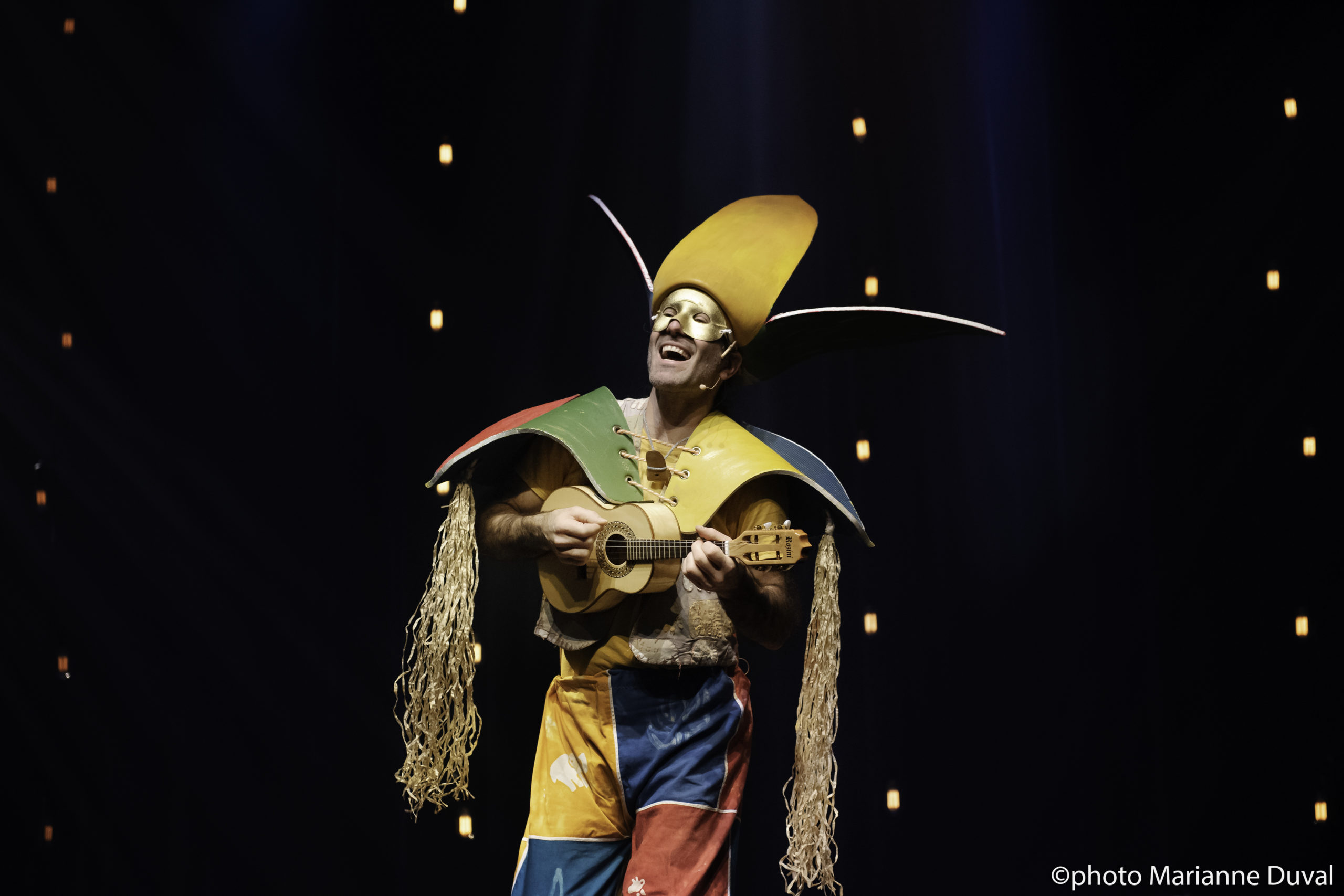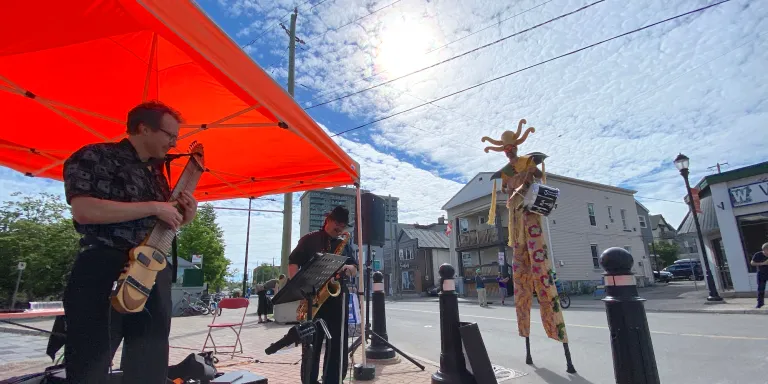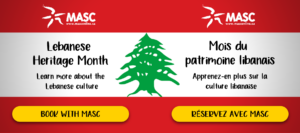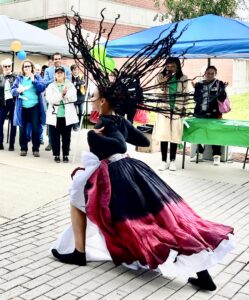Interview: Luciano Porto shares Brazilian culture, dance, and music with young people
By Jessica Ruano | November 16, 2022

Originally published on Apt613.ca
Educator and performer Luciano Porto has been teaching music and movement to school children of all ages across Ontario for 18 years. As a member of MASC’s artist roster and the English Language Arts Network (ELAN), he has reached communities across Ontario and Quebec. Porto’s teaching style translates across cultural barriers and stimulates curiosity, creativity, focus and tolerance among the most diverse groups.
As an arts educator, you’ve dedicated yourself to sharing Brazilian culture, dance, and music with young people. What inspired this career path?
Because of chronic wrist problems from various physical labour jobs, I started looking for work that didn’t require heavy lifting or repetitive motion, and I ended up working at a daycare centre in Toronto. Working with school-aged children for several years required me to design creative art activities that could keep the attention of a rowdy group of kids. I used music, drumming, and Brazilian cultural art forms, as these were at the core of all my personal artistic endeavours at the time.
Brazilian drumming and dance are very powerful community bonds and traditionally involve all age groups from children to seniors. The drumming and dance groups I was involved with in Toronto at the time lacked this multi-generational element. Thus, I wanted to bring these experiences to children I worked with.
Soon, neighbouring daycare centres and schools caught on to what I had been doing and started requesting my workshops. This led to a natural evolution into a career that has become my primary focus!

You’ve recently appeared as a stilt walker at various events, including Taste of Wellington West and Ottawa Race Weekend. What can you tell us about the process of getting up on stilts?
Getting up on stilts takes an adventurous spirit first and foremost. Secondly, it takes being in great physical shape, as in having core strength. I have been blessed to have both of those qualities from a young age.
The process of tying one’s legs to long sticks should be guided, if possible. For that, I had a wonderful mentor in Toronto, Esra Houser, who trained with the infamous stilt dancers of Trinidad, where stilting traditions are very strong. Having masterful tricks taught to you directly really helps!
After several attempts, it becomes second nature. It’s like riding a bicycle! Kids that are really scared tend to take longer to balance on a bicycle, but if they persist, they inevitably learn and no longer fear falling off.

Luciano on stilts at Ottawa Race Weekend. Courtesy of Wellington West BIA.
In your MASC program Carnaval Arts, you create costumes, masks, and musical instruments with children of all ages, and guide them in presenting their very own carnival show. How do you bring the spirit of the Brazilian Carnaval into your workshops, while still encouraging the participants to make the performance their own?
It’s very hard to bring the true spirit of Brazilian Carnaval into a classroom setting. But I do try to connect with all the intensity of emotions I have felt both on the streets of Brazil as well as in Toronto during various parades when I performed in drumming and stilting ensembles. To create energy in the room, I’ll start playing a drum, singing, and dancing in front of the kids—sometimes in full costume. After getting the attention of the kids, everything seems to flow for me. My priority is getting the children to move, play, and experience something out of the ordinary. Most children don’t seem to have any trouble making the performance their own. Coordinating all the creative minds into doing something coherent and together is the main challenge.
I use the Brazilian drumming experience to give things some structure: simple traditional rhythms, songs, and steps that everyone can follow. After everyone learns to follow a basic rhythm and movement, it’s a matter of balance between giving the children some space to deviate and pulling them back into a collective harmony.
As a member of MASC, what do you gain through offering your workshops in schools and the community?
In our modern, affluent, and privileged society, there are still many barriers to accessing arts and culture for many communities. Though financial resources exist, they are not often directed toward the well-being of people, resulting in, among other things, art and culture funding cuts. I see that over and over again, from the classrooms to the streets where I have taken my art. Being able to expand my practice as an arts educator to reach as many children and adults as possible that can benefit from the experiences I facilitate is at the core of my drive.
That is where organizations like MASC can really support artists, like myself and the local communities they serve—creating bridges between artists and where they are needed. MASC also helps me focus on the delivery of my art programs by taking care of the admin part of contracts. I have always been an entrepreneur and have done everything from marketing to contract negotiations, grants, and logistics for all my music and education engagements, so I do fully appreciate what the staff of MASC does. It makes me feel more of an artist in the end!

Presenting a Brazilian Carnaval performance. Photo provided by MASC.
Why do you think it’s important for our local community to have access to professional artists?
The arts are what makes us truly human. It bonds people in expression of emotions and experiences. It brings communities together in gatherings and celebrations. It nurtures the depths of our desire to relate to one another.
Someone who has dedicated so many hours of their life to an art form becomes an incredible source of inspiration for everyone else interested in that form and medium. Artists act as magnets, catalysts of vibrant communities.
Latest News
View All Articles



